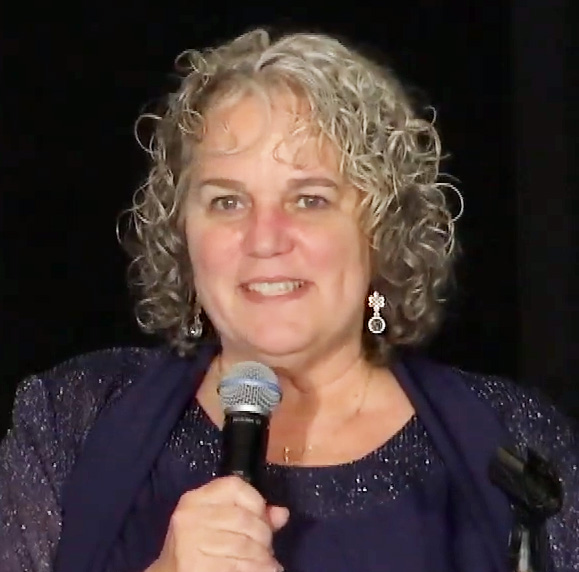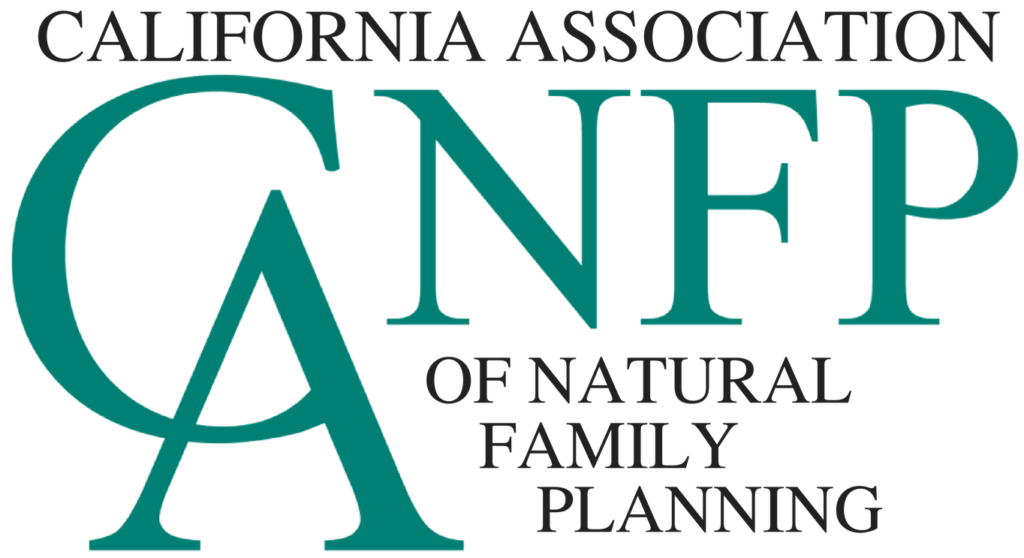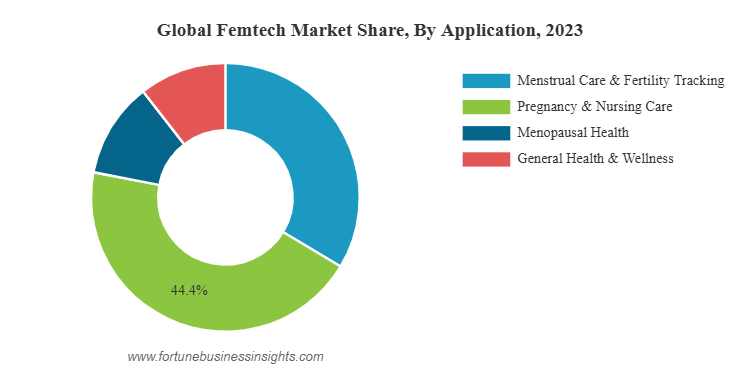- Director's Desk
Those Seeking NFP Deserve Our Best
by Sheila St. John
CANFP NEWS Winter 2025
US News reported last week that “relying on natural and fertility awareness methods to prevent pregnancy might be linked to an increase in abortions.”1 The story is based on a study published Jan. 13, in the journal BMJ Sexual & Reproductive Health which concluded that the use of hormonal birth control methods like the pill has declined significantly among women seeking an abortion in the United Kingdom, while those reporting use of fertility awareness based methods increased from 0.4% in 2018 to 2.5% in 2023. The study reported that 55,000 patients sought an abortion in 2023, a significant increase from the 33,500 reported in 2018.2
During the same time, the 2023 worldwide femtech industry, a large segment of which is menstrual tracking apps and devices, is valued at 6.69 billion USD, and is projected to reach almost 30 billion USD by 2032.3
Women’s legitimate concerns about hormonal contraception, are likely contributing to increased interest in non-hormonal methods. The well funded marketing machine of the femtech industry, has responded to, and clearly benefitted from, this sales opportunity.
It is good that the risks and harm of contraceptive drugs and devices are being exposed, and women are seeking healthier options. Some well-meaning NFP promoters in search of quick and easy alternatives to contraception, have eagerly promoted these easily accessible apps and devices to the couples they serve.
Are they the best, or even a good, way to meet this demand?
These apps and devices vary greatly in their effectiveness identifying, or “predicting”, the couple’s fertile window. Many, probably most, are simply the outdated rhythm method of our grandmother’s era, dressed up with tech graphics, but no more effective. Others rely on proprietary algorithms, inaccessible to the user or anyone else to evaluate. Wearables and devices which often link directly to an app, further reduce the woman’s need to participate at all in gathering, understanding, or interpreting, the data. While considered an advantage by many, including those who use it, the end result is relying entirely on the device to interpret the fertility and menstrual cycle, with little to no understanding, integration, or appreciation of our fertility.
The BMJ study which asserts there has been a six fold+ increase in women reporting FABM as their family planning method amongst those seeking abortion, identifies a very concerning, but not surprising (to this author), outcome of this proliferation of simplified (read “dumbed down”) options for those seeking natural methods. These femtech customers likely have no idea that there are well researched, scientific methods taught by certified professionals who can mentor them in applying natural methods to their personal cycle and situations. So when their app or device does not work for them, they likely will conclude all natural methods do not work, and contraception, sterilization, or abortion are their only options.
CANFP is dedicated to empowering women and couples through scientific, effective natural methods, mentored by well trained certified teachers, in the context of respect and appreciation for fertility, honoring the right and responsibility of every /couple to integrate this knowledge of their bodies and fertility with their intent and choices, making abortion unthinkable.
When women and couples turn to NFP, we may get only one shot at it, so let’s provide them with the best we have to offer. Women and couples deserve no less.
1https://www.usnews.com/news/health-news/articles/2025-01-14/more-abortions-tied-to-natural-family-planning-or-fertility-awareness-methods
2https://srh.bmj.com/content/familyplanning/early/2025/01/01/bmjsrh-2024-202573.full.pdf
3 https://www.fortunebusinessinsights.com/femtech-market-107413
About The Author



